With the likes of GLÜME, MOTHERMARY, JOON, KID MOXIE & NINA attracting attention for their longer form releases on Italians Do It Better, one act also deserving equal recognition are CAUSEWAY.
The Idaho-based dreamwave duo of Allison Rae and Marshall Watson, CAUSEWAY first appeared on the Italians Do It Better compilation ‘After Dark 3’ in 2020 with the song that would become the title song of their debut album ‘We Were Never Lost’.
With a few more singles and a cover of ‘Crazy For You’ for their label’s Madonna tribute album under their belt, their floaty melodramatic aura revealed itself to be the perfect soundtrack for unrequited and failed romances.
Despite appearing to be enigmatic and veiled in mystery, the duo are actually very friendly and down-to-earth when engaged in conversation about their music. ELECTRICITYCLUB.CO.UK spoke to Allison Rae and Marshall Watson about the making of CAUSEWAY’s first long playing record and much more…
It appeared as though CAUSEWAY came out of nowhere with ‘We Were Never Lost’ featuring on the ‘After Dark 3’ compilation in the Fall of 2020?
Marshall: We kinda did. Allie and I had worked together on a couple of small projects way back in 2012 or so and had lost touch. Fast forward to late 2019 and I was working on an early version of ‘We Were Never Lost’ and Allie messaged me asking what I was up to musically. We started talking about what lyrics might look like and if she had interest etc. It took a few months but we finished ‘We Were Never Lost’ and on a whim I sent it to the Italians Do It Better via Soundcloud.
Megan Louise of IDIB got back to us within the day and said she loved it and would like to put it out on an upcoming compilation. She was a bit cryptic and I didn’t realize she was talking about ‘After Dark 3’. We didn’t know it at the time, but they’d made room for us. Johnny Jewel was nearly finished mixing the whole comp and they were just waiting on finals from a couple other artists. They snuck us in at the end. We didn’t even have a name for the project yet, it all happened so fast. Soon after that, ‘Riverdale’ licensed it for a pivotal shot in one of their episodes and things just kinda took off.
Allison: In 2016 I moved back to Boise. I actually never told him. There was just so much going on, it slipped my mind. So when I reached out to him, it was kinda funny. He told me that he sent a couple emails to my old work email address and didn’t get a reply. When I reached out to him, he told me that he thought that I was ignoring him. Then we got to work!
Which artists, films or TV shows influenced the aural aesthetic of CAUSEWAY? Had you always intended to be synth-based?
Marshall: I can definitely hear THE CURE, NEW ORDER and early new wave stylings, but I don’t intentionally set out to do that. I definitely wanted CAUSEWAY to be synth forward and more song structured than my other output. As a solo artist, I make lots of different kinds of music, most of it ambient / downtempo / chill or house / techno and mostly instrumental. For CAUSEWAY, I set out with the intention to create more lyrical tracks and get back into a vibe that I’d been into years ago. As for films, John Hughes movies, Kubrick’s films and lots of Sci-Fi.
How would you describe your creative dynamic in CAUSEWAY, do you sit in a room together or is it more remote by necessity?
Marshall: We started out during the pandemic and worked entirely remotely. In 2021 my wife and I moved up here to Boise and for a brief time Allie and I worked together in a room, but we kinda realized that we both needed space to process and work through stuff, so eventually we went back to working remote when it came to the creation process. That said, we have a pretty strict rehearsal schedule that we adhere to, and twice a week meet up for band practice for the live set. It’s been really neat to go from a learning curve to really enjoying playing together. I still send Allie demo tracks and she will send back lyrical ideas.
Allison: Typically, Marshall will send me a rough instrumental track. I’ll listen and add in lyrics and sing them to a scratch melody line. We use Drive to share our ideas and files. Once I have a rough demo, I send it back to Marshall. Sometimes he’ll make notes to the lyrics and usually change up the melody line. We go back and forth until the idea is finalized. This process works well for us. It’s been a blast working with Marshall.
How did the Italians Do It Better become interested in releasing an album and what did Johnny Jewel bring to the final mix?
Marshall: I guess they just heard something they liked in ‘We Were Never Lost’. As for Johnny Jewel, I love working with him and he cracks me up. He actually made a point to stay hands off on the mixing most of the album. He mixed ‘WWNL’, ‘Hide & Seek’ and ‘Your Silent Face’ as singles, but after that when we were starting to really go deep into the rest of the album, he said that we’d created a really solid sonic palette and he didn’t want to step on that. He does, however, have mix notes on everything, lol. EVERYTHING. Most of that is level, eq and whatnot but occasionally he’ll have an idea we explore that is a little deeper.
For example, during the mix of our latest single ‘Wear The Night Out’, he had this amazing chord progression he heard that didn’t exist, and he played it for me super-fast— I wouldn’t say it ‘changed’ the song, but it definitely gave it something it was missing—and it made it better. So, he’s there, but he’s not always all up in it. Mostly.
Allison: I don’t know what their pull was to us, but they have been amazing to work with and I’m loving every minute of it. They are so supportive and always hook us up with the best feedback and artwork.
‘Let Me Love You’ is an epic start to the ‘We Were Never Lost’ album and makes a statement both lyrically and musically, it reminds me a bit of ‘Oostende’ by KEEP SHELLEY IN ATHENS…
Marshall: That is my ‘Plainsong’ moment I guess. That song went through several face lifts but we’d always kinda thought it would be a good opener. I wanted it to be big, both sonically and emotionally. In fact I’d say we’re going all-in on the emotive thing on most of our tracks. Lotta pain.
Allison: Lyrically ‘Let Me Love You’ comes from so much pain and grief from my last relationship. Wanting things in a relationship to be like they were in the beginning, wanting to pretend everything is fine when it absolutely isn’t. The line “Let me love you like we’re alright” I think says a lot in a sentence. When I write, I try to say more with less. The tail end of our album was written during my separation and divorce, and I think my writing was greatly influenced by that even though it wasn’t intentional. It’s interesting listening back and it’s so obvious. I guess my feelings had to get out somehow.
The first rendition of this song was my absolute favorite. Marshall knows, but he broke my heart when he changed it. The wall of sound he created had so much feeling. If you could put a sound on how you feel right before you cry, that what it sounded like. It was so beautiful. Marshall also has an amazing ability to see a project on a larger scale, and the first rendition didn’t fit with the album. He was able to see that. I didn’t. I eventually came around, and he was right. I am so happy with the result!
I have since added ‘Oostende’ to my playlist. Thank you for the comparison! We are flattered.
Yearning is a recurring theme on and this is quite vivid on ‘Hide & Seek’?
Marshall: Yes. We write a lot about pain and loss.
Allison: Haha, yes we do. I think the yearning in ‘Hide & Seek’ comes from a desire to be wanted. It speaks to every person that feels lonely in a relationship and the wandering eye that comes with it.
‘I’m Falling Apart’ which later appeared on ‘After Dark 4’ has this gorgeous disco lento feel about it, what was its genesis?
Marshall: That was one of the few tracks that I wrote most of the lyrics, and I guess we needed a slow chugger that might work on a dance floor. That was another one that had many faces before the final version. I’m into slow disco.
Allison: This song was almost entirely all Marshall, other than me showing up to sing. Love performing this one live!
You’ve said that ‘Loser’ is about a desire for deviance, are you able to say what your deviance is? 😉
Marshall: Allie wrote the ‘Loser’ lyrics… maybe she can speak to that?
Allison: I think it would be a deviance to go against the norm. The line “I wanna be your loser, I wanna feel so lonely with you” is the idea that society has rejected you as an outcast, a loser… but you would rather be alone with your person and be their loser than care about the rest of the world. I could explain the literal meaning behind this song, but once the cat’s outta the bag, it ruins the mystery.
‘Running To You’ appropriately has this real drive to it with arpeggios and staccato voice samples?
Marshall: Those choppy vocals bits are taken from Allie’s vocals. It was Johnny’s idea to add them in and I think it helped elevate the track.
Allison: ‘Running To You’ was a song that Marshall and I wrote together in his studio. We prefer to write separately, but this track was fun to write together. It came with challenges. Mostly, not wanting to look or say something stupid. Ha! But I think we are both over that now.
‘Crazy For You’ was originally recorded for the ‘Italians Do It Better’ Madonna tribute album, what led to your choice and how you went about the arrangement?
Marshall: When IDIB asked us about participating, I went through a bunch of Madonna tracks that I liked and would possibly work with a modern arrangement and I kept coming back to ‘Crazy For You’. I worked on the arrangement of that track for months. In my mind I heard a more industrial, almost psychotic version where she was “cray cray” for you, à la stalker, and less about the gentle 8th grade slow dancer. We open our live show with it… there’s something about when Allie sings “Swaying room when the music starts” just before that huge kick comes in. Thus far, people go nuts when that first drop happens.
Allison: Yeah, Marshall kept texting me song titles and I kept replying “no” to everything he sent. Then at the end of the day he texted me “What about ‘Crazy For You’?” and I immediately responded “That’s it!”
CAUSEWAY tackled another cover in ‘Your Silent Face’ which happens to be my favorite NEW ORDER song; it was interesting that on your version, the main symphonic string hook didn’t appear until halfway through?
Marshall: That is one of my fave NEW ORDER songs too. I love the whole ‘Power, Corruption & Lies’ album. I’d been working on a cover of ‘Your Silent Face’ for years before Allie and I tackled it through CAUSEWAY. I held off on the synth line because I wanted to have a little more tension and I also knew that most people might not recognize it until that line came in, so I’m using it as a tension / release thing. Maybe going back to my techno roots a bit with that.
‘Birthday’ closes the album featuring solemn lines such was “How has it been another year?” and “I wish that you were here”, was this an autobiographical narrative?
Marshall: ‘Birthday’ is another one that I wrote most of the words for. I had a dream / nightmare about everyone I loved dying and I was left alone grieving. The line “I brought you flowers for my birthday, how has it been another year” was just going round and round in my head… it woke me up, and I wrote it down. The next day I got up and wrote the rest of the track. I had a demo of that one in about a day, it was one of the few times the writing process went really fast. The track isn’t autobiographical per se, but it is all about grief which is universal. I don’t think any of our songs are autobiographical, but we do try to tap into the story of pain and suffering, love and loss.
Allison: This one is one of my favorites! Marshall nailed this one.
Which are your own favourites on the ‘We Were Never Lost’ album?
Marshall: Hard to say for me. I’ve worked so hard on all of them I’m kinda numb to them at this point. ‘Let Me Love You’, ‘Birthday’ and ‘Crazy For You’ maybe?
Allison: ‘Loser’, ‘Let Me Love You’ and ‘Hide & Seek’, I think I love these tracks the most because the feeling behind them is still raw. Another favorite again is ‘Birthday’, it’s just beautiful.
CAUSEWAY did several live performances recently, how were they for you and did they light the desire to do more?
Marshall: At first I was completely against playing live. I didn’t think the tracks would translate well in a live setting. With some nudging from Allie, I agreed to do our first show in Oakland, which ended up being riddled with sound issues. It was a shame too because the venue was packed and the crowd was really up for it.
We had trouble with Allie’s mic but we survived. I thought we might be done with live performance but we just finished playing SXSW and Treefort, and that was a blast. For SXSW we had a decent crowd but here in Boise for Treefort, the Neurolux was packed front to back. I was shocked. Treefort was the first time we were playing without the IDIB label machine behind us, which usually has its own power to bring people in. When you are playing on the same bill as ORION, GLÜME, MOTHERMARY and DESIRE… people tend to show up. But here, we were on our own and it turned out amazing.
JOON was also on but much later, and there were punk bands in-between. When the first drop of ‘CFY’ hit, the whole room went off—it was exhilarating. As for the future, we don’t know yet. We’ve discussed adding a few other tracks to the set and maybe playing locally. Flying with a synth and gear is a hassle, but I could see us doing some gigs in PDX or SLC or more in Boise.
Allison: I absolutely love performing live. It’s addictive. Can’t wait for more live shows.
What prompted you to choose to cover ‘Nobody’s Diary’ by YAZOO live?
Allison: This was Marshall’s idea. So I’ll let him speak more about the decision. I absolutely love singing this song live. There is so much drama and mood in the track. You can see us live here if you are interested.
Marshall: ‘Nobody’s Diary’… just like LCD in ‘Losing My Edge’… I wanted to make a YAZ record… kinda. YAZOO was a huge influence for me growing up and ‘Nobody’s Diary’ is one of my favorite tracks. I thought it might be ambitious to tackle that one, and it’s taken quite a while to hone in on the sound for the cover, but ultimately I love how it has turned out. Every single time Allie sings “If I wait for just a second more… “, I kinda lose it inside, and can’t wait to drop it on folks. Right now we have been playing it last in our sets and I LOVE when I can hear people recognize it… I guess it’s some sort of weird validation—I feel like an old raver then… tryna teach the people about something they should know. I just hope we do it justice.
Your new single ‘Wear The Night Out’ is with R. MISSING which is a quite fitting musical union like your label mates KID MOXIE & NINA, is this an indicator of another direction that CAUSEWAY is heading with collaborations?
Marshall: I dunno. I really like R.MISSING and I hit them up on Insta and asked if they’d be into collaborating. I sent Sharon a few demos and she picked one she thought she’d want to work on. It was really seamless and they are amazing artists. She wrote the lyrics and did the heavy lifting on the vocals and I did all the music production and added Allie in, almost as a character for call and response. Blending the two voices was really interesting to me because they are quite different but worked together really well. As for an indicator of future collaborations or direction, I’ve done one other ‘remix’ for an artist that DESIRE was working with but that’s about it. I’m open to collaborations, but it’s all about fit. Most don’t work out so well.
Allison: We had a blast working with Sharon! She killed it. Her instincts were spot on, and Marshall made our voices blend so well together. It was a great fit! We don’t have any collaborations in the pipeline but doesn’t mean it won’t happen.
What is next for CAUSEWAY?
Marshall: Working on new music. IDIB want another album. We’ve got 3 tracks ready (which we’ve been playing in our live set) and a 4th just about ready and several sketches. I’d say sometime this year we’ll have a new one. We’ll see. Our schedules dictate that quite a bit. Maybe more live shows? We’ll see 🙂
Allison: My goals for CAUSEWAY would be more live shows, a killer second album. Mean dirty break up album. Haha! I would love to make another music video. Dream big, right?!
ELECTRICITYCLUB.CO.UK gives its warmest thanks to CAUSEWAY
The new single ‘Wear The Night Out’ with R.MISSING can be heard via https://idib.ffm.to/wearthenight
The album ‘We Were Never Lost’ is released by Italians Do It Better and available on the usual digital platforms including https://wearecauseway.bandcamp.com/
https://italiansdoitbetter.com/causeway/
https://www.facebook.com/wearecauseway
https://twitter.com/WeAre_Causeway
https://www.instagram.com/weare_causeway/
https://www.instagram.com/araehaller/
https://www.instagram.com/marshallwatsonmusicsf/
https://open.spotify.com/artist/3V6PIgndeEbvQu6ThnLQ5i
Text and Interview by Chi Ming Lai
29th April 2023

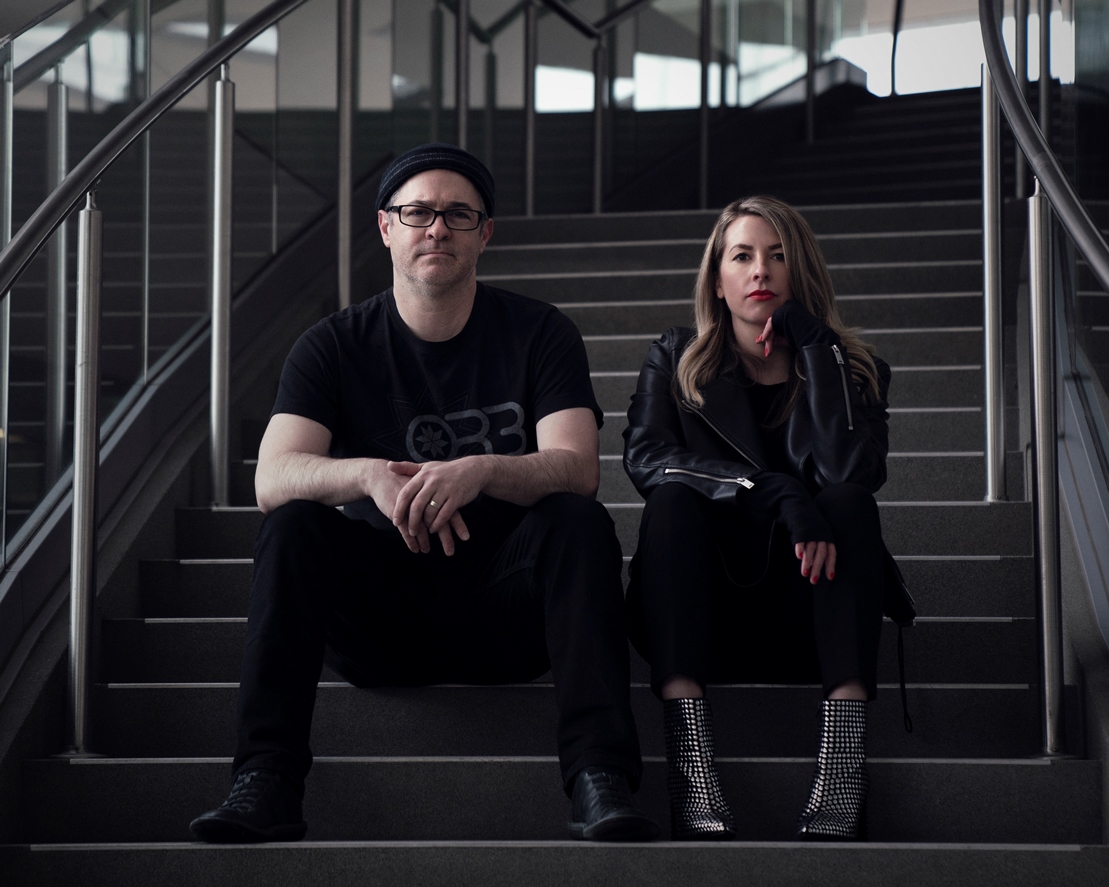
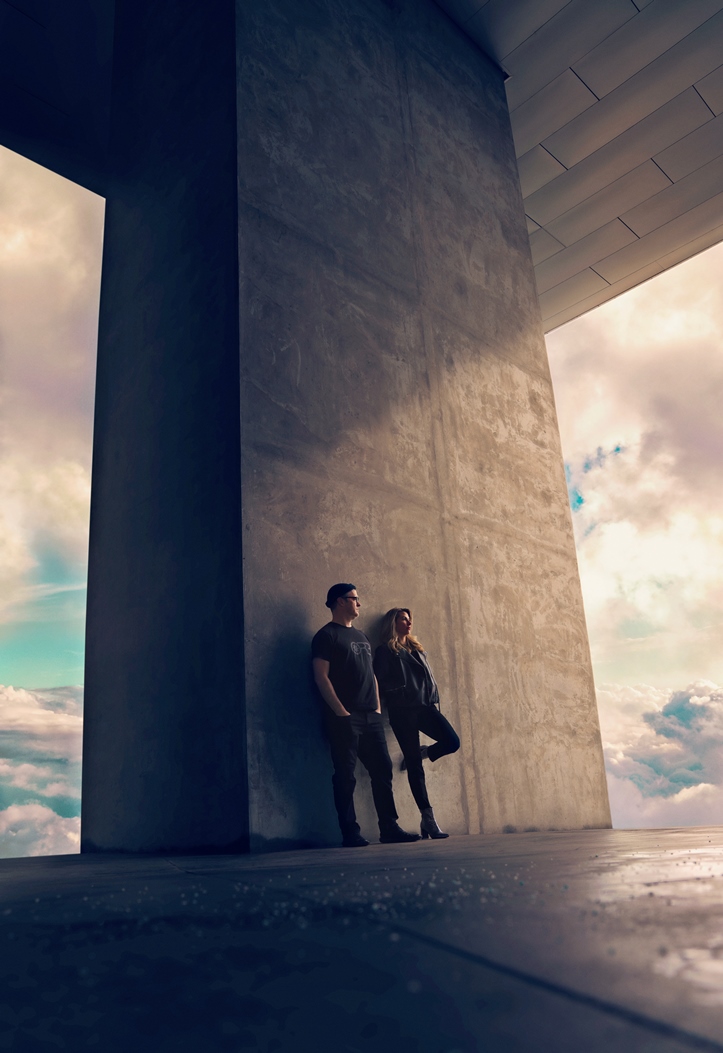
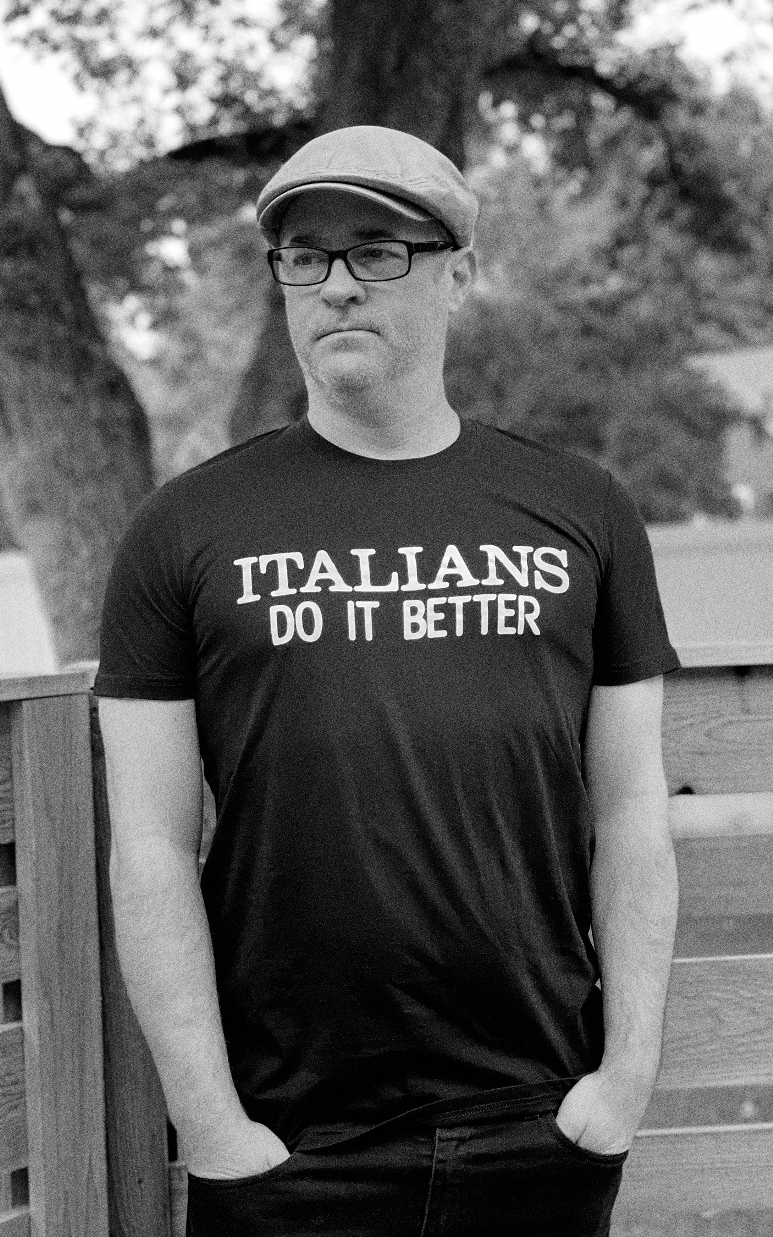
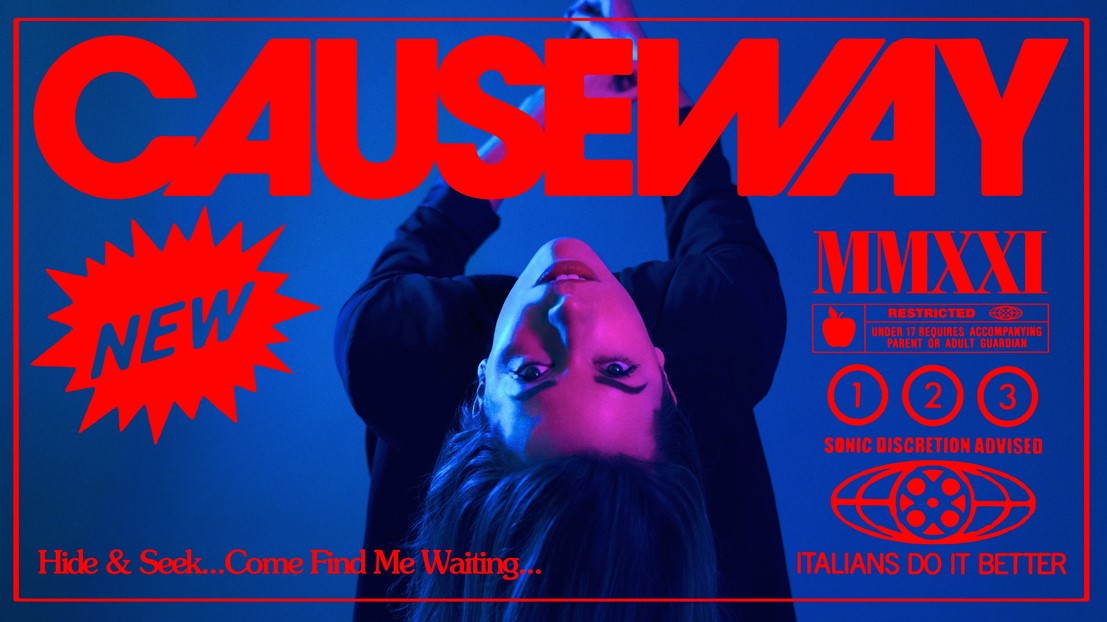

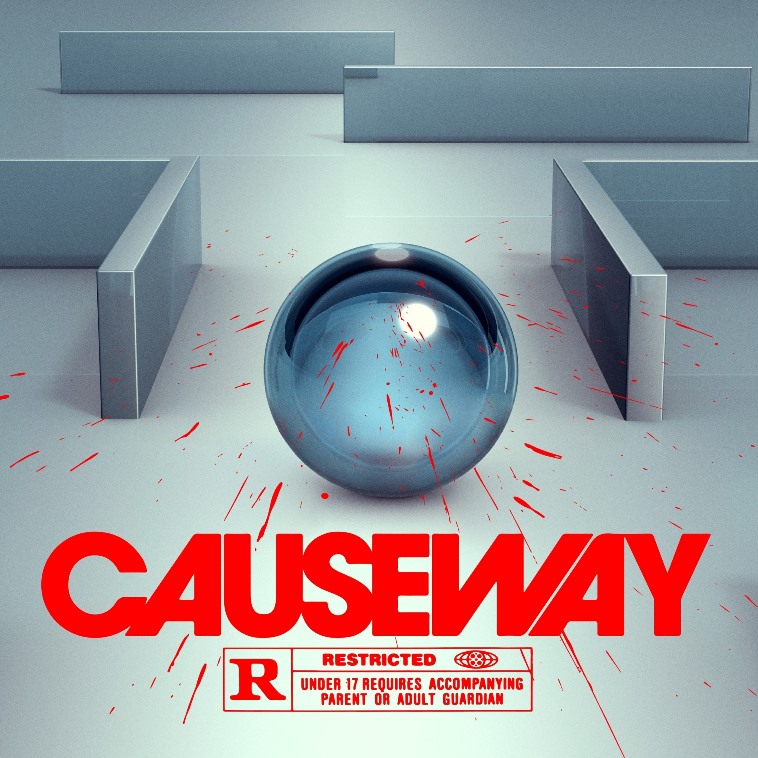
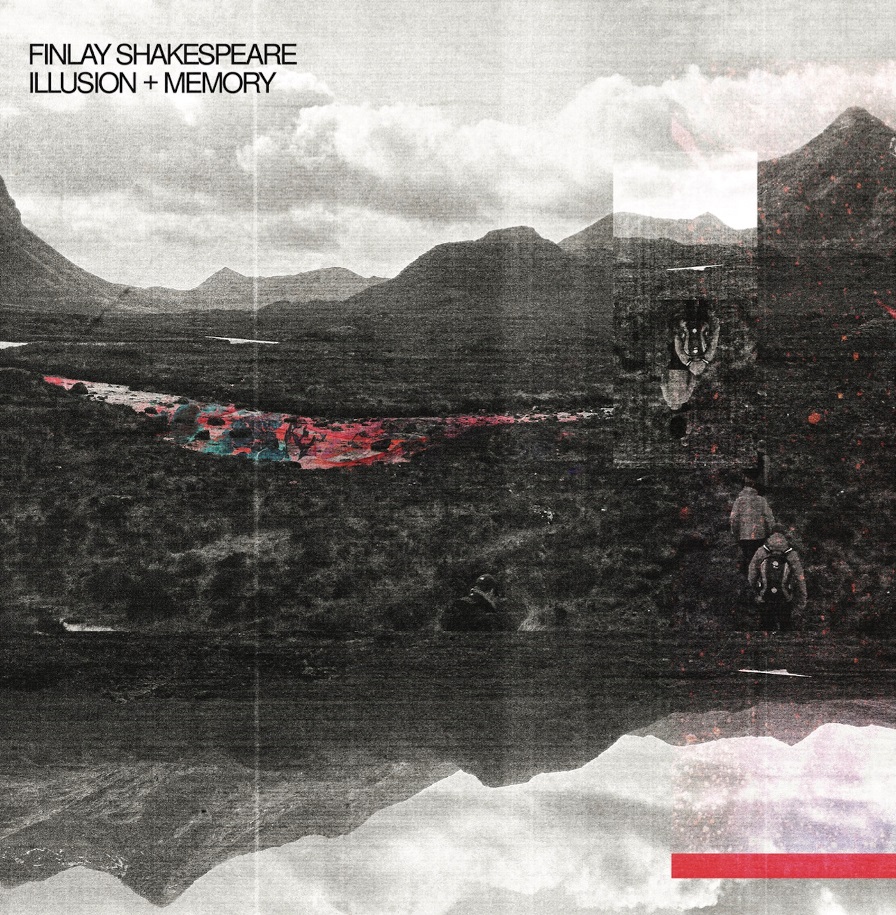
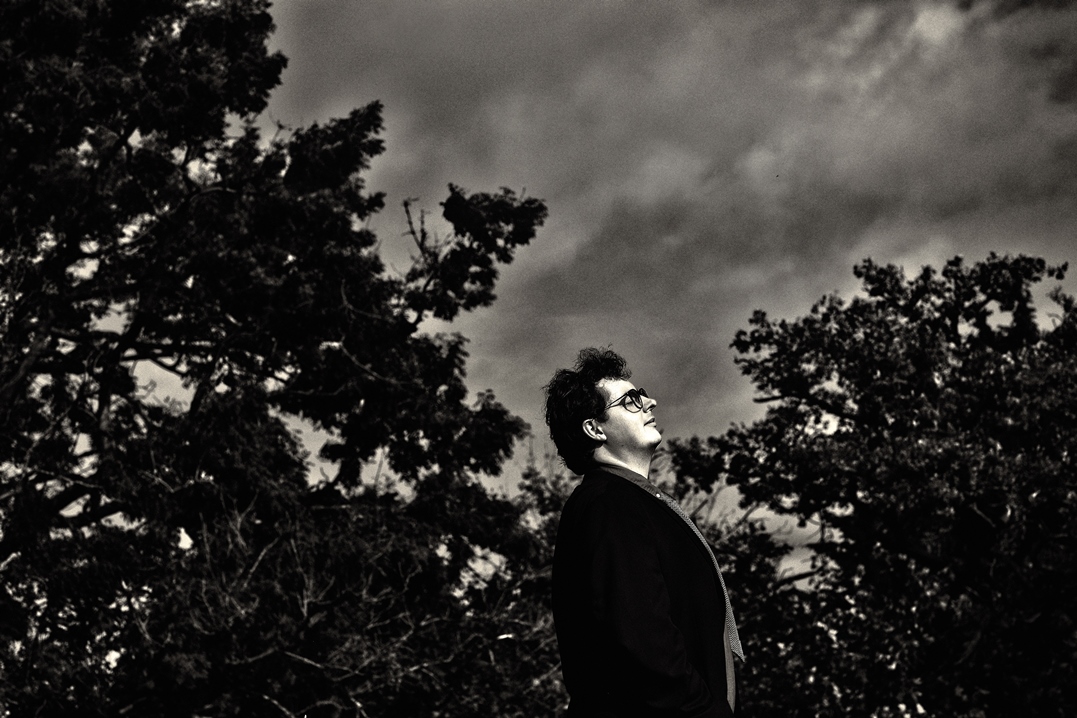
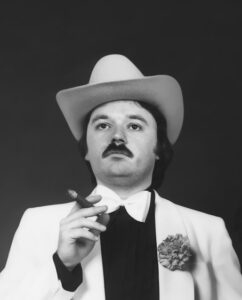
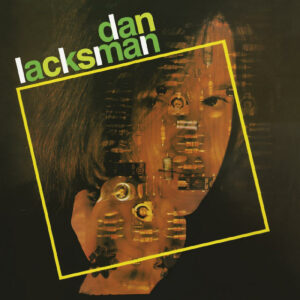
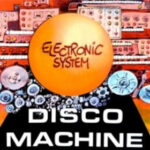
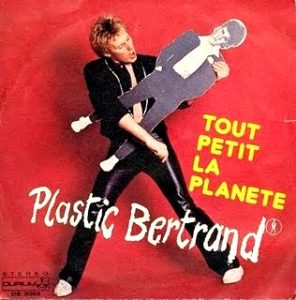
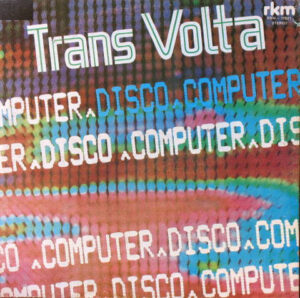
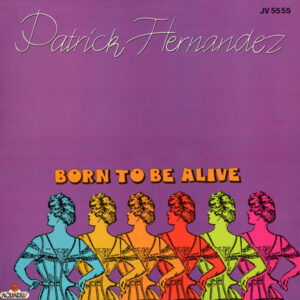
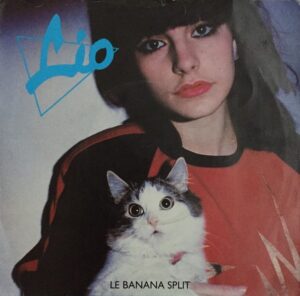
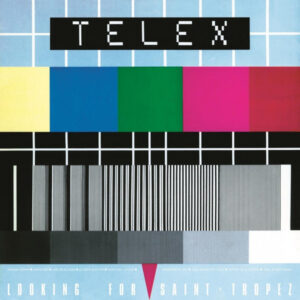
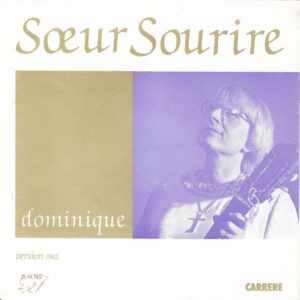
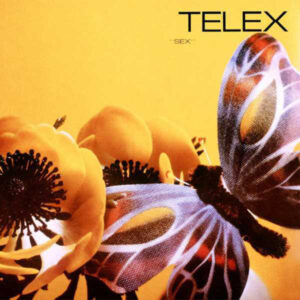
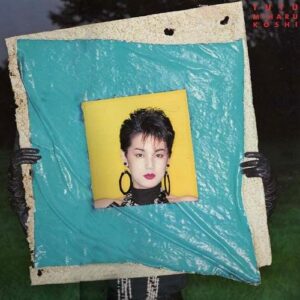
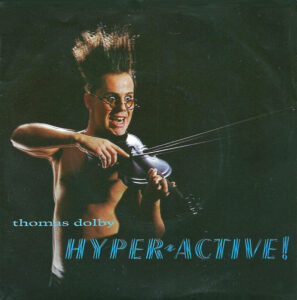
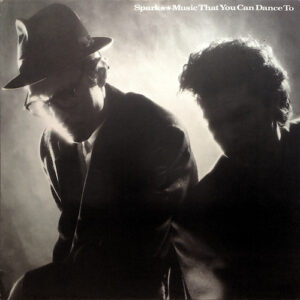
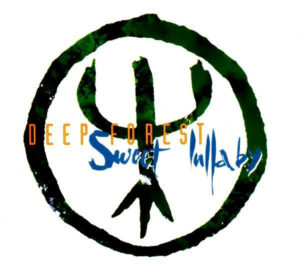
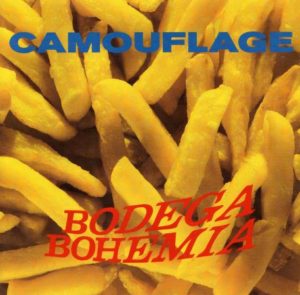
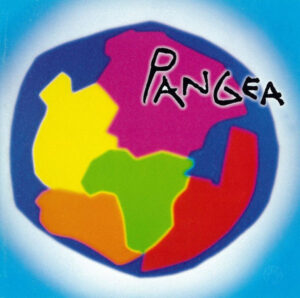
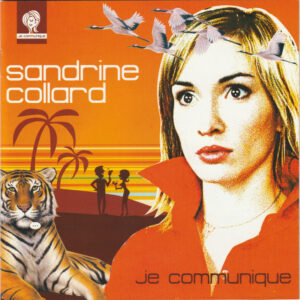
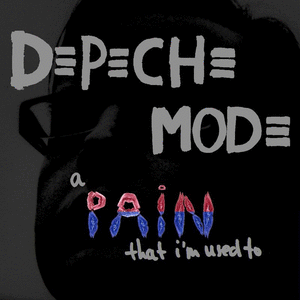
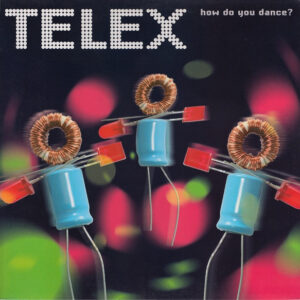
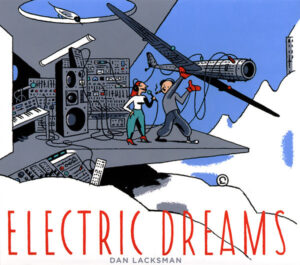
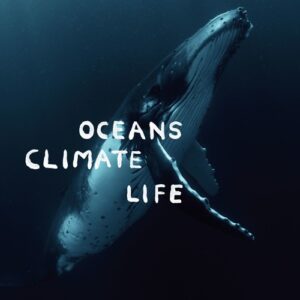
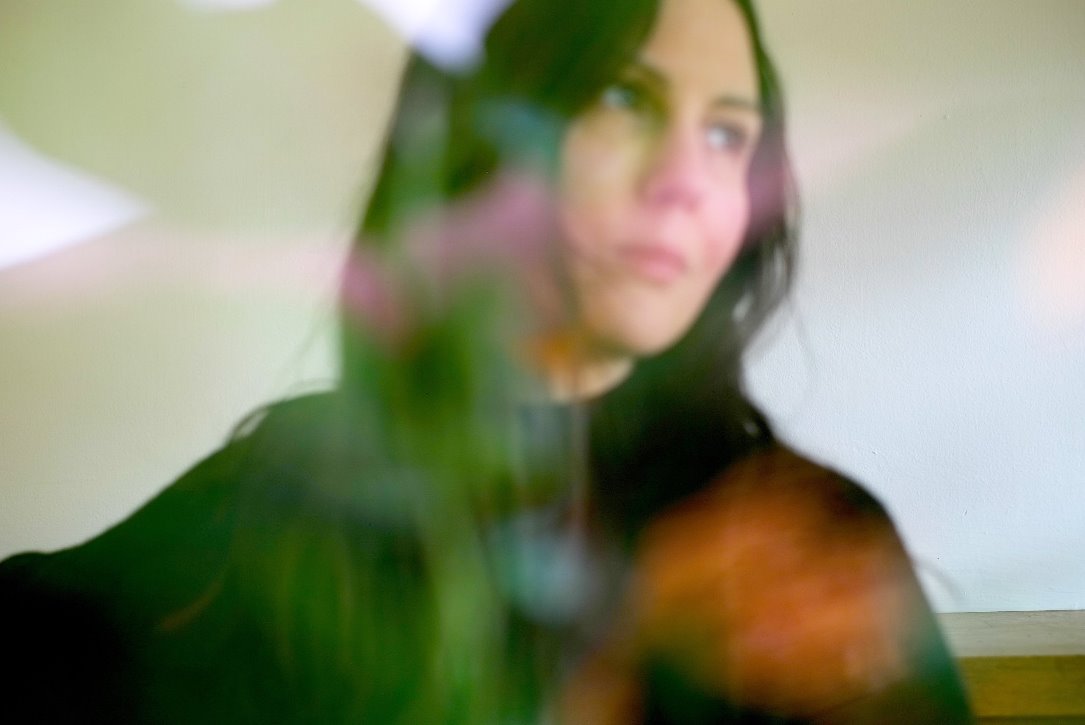
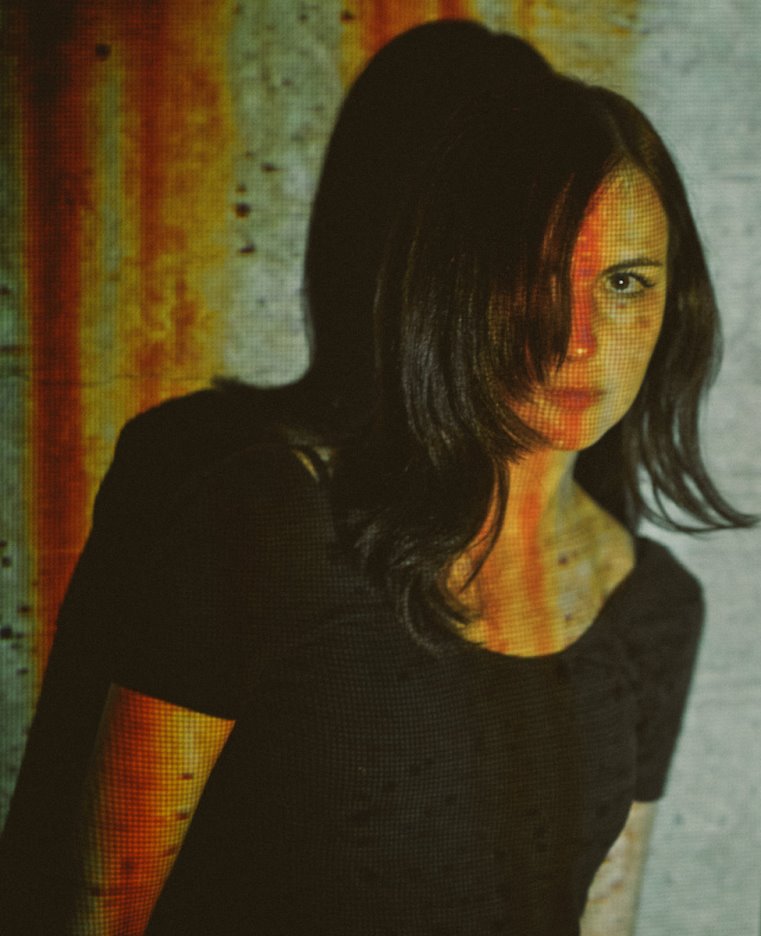
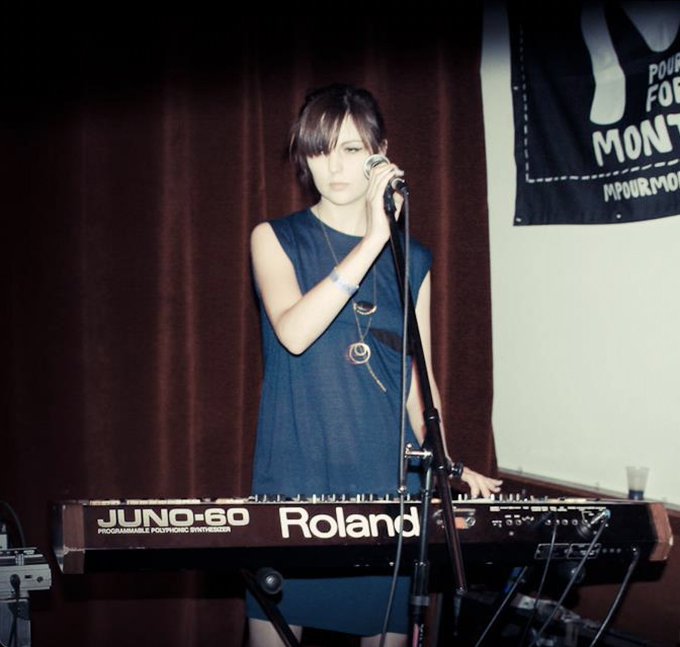
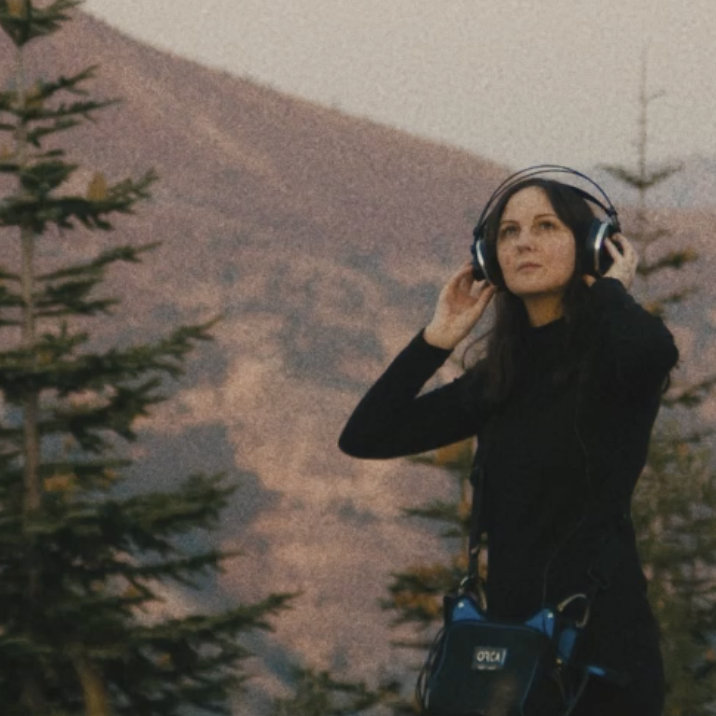
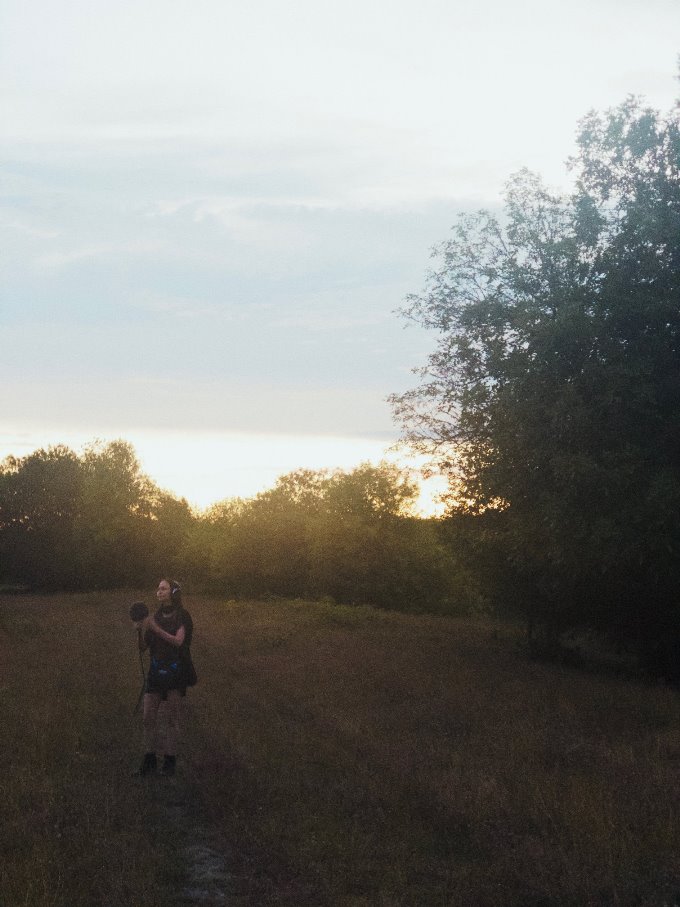
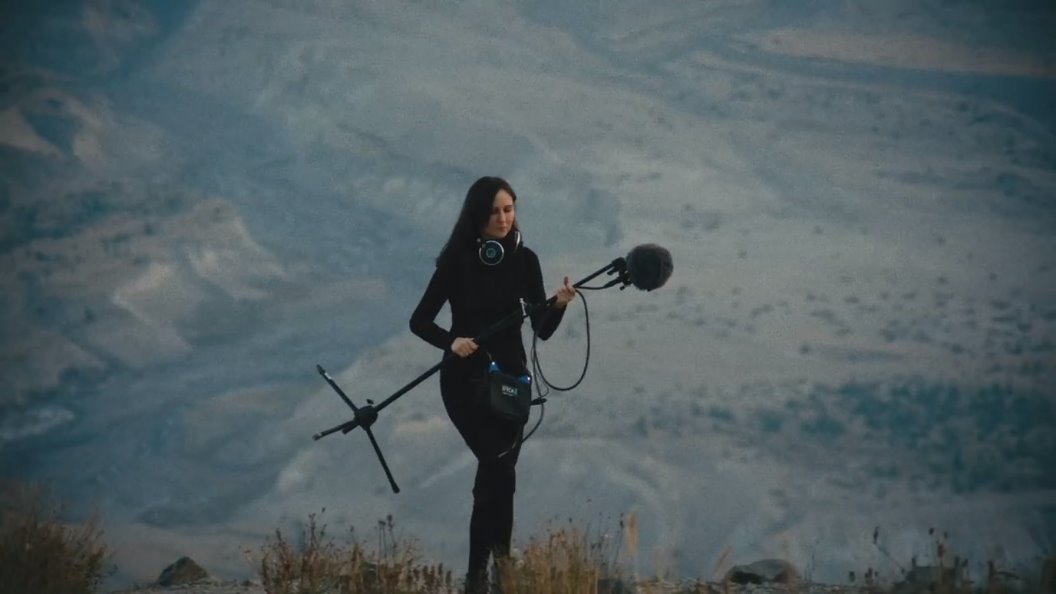
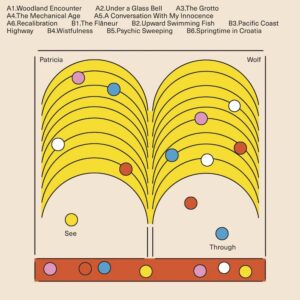
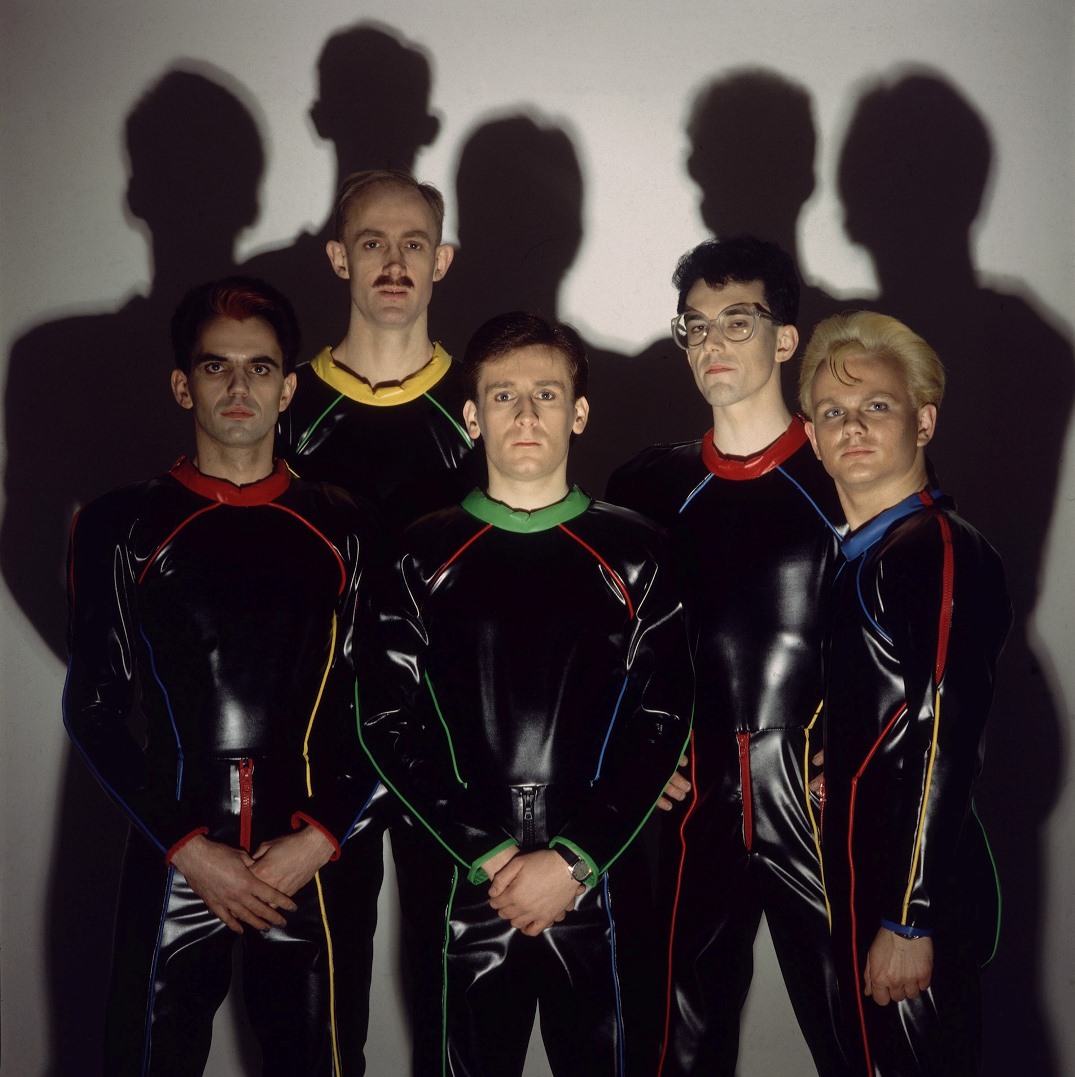
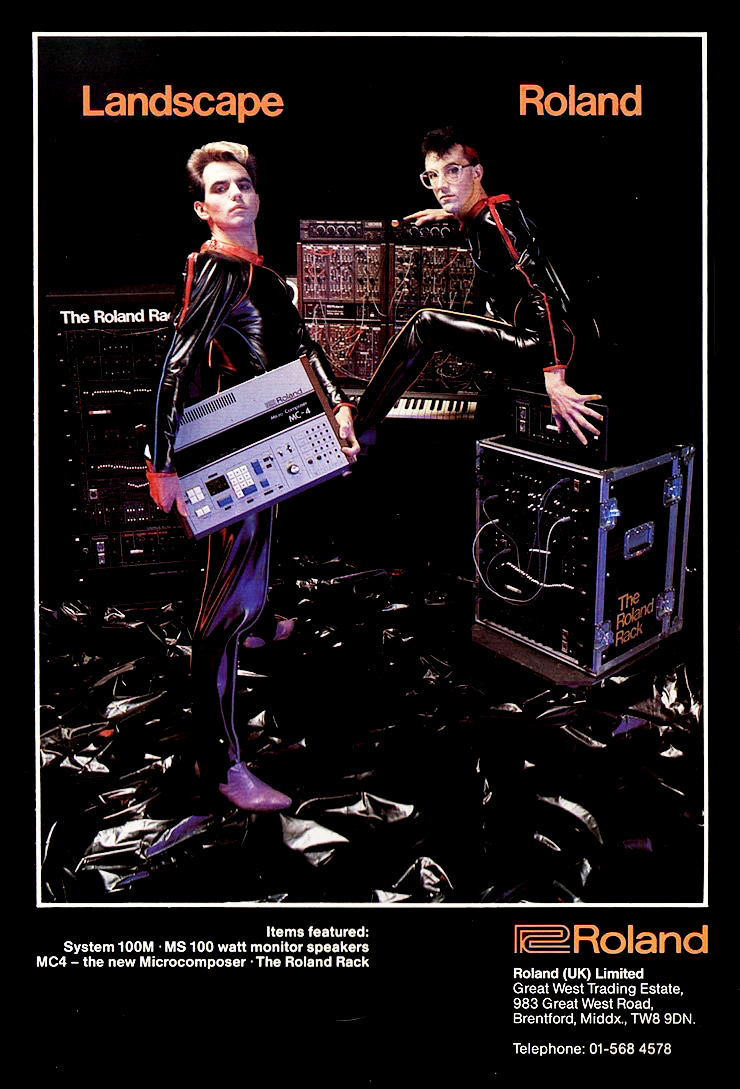
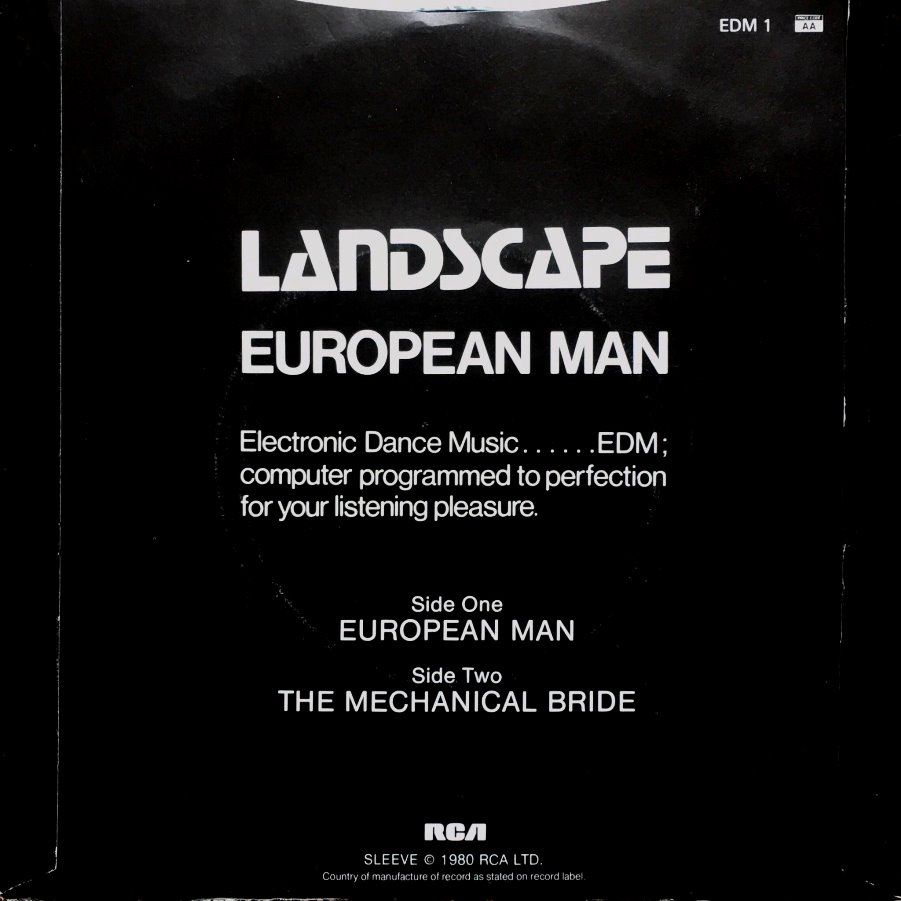
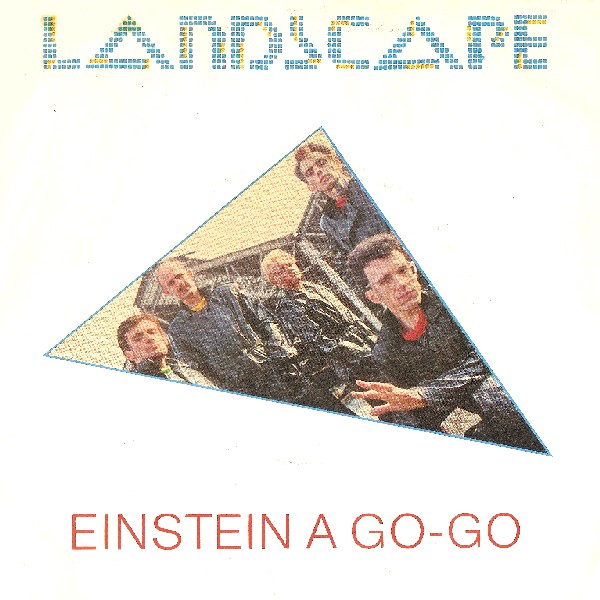
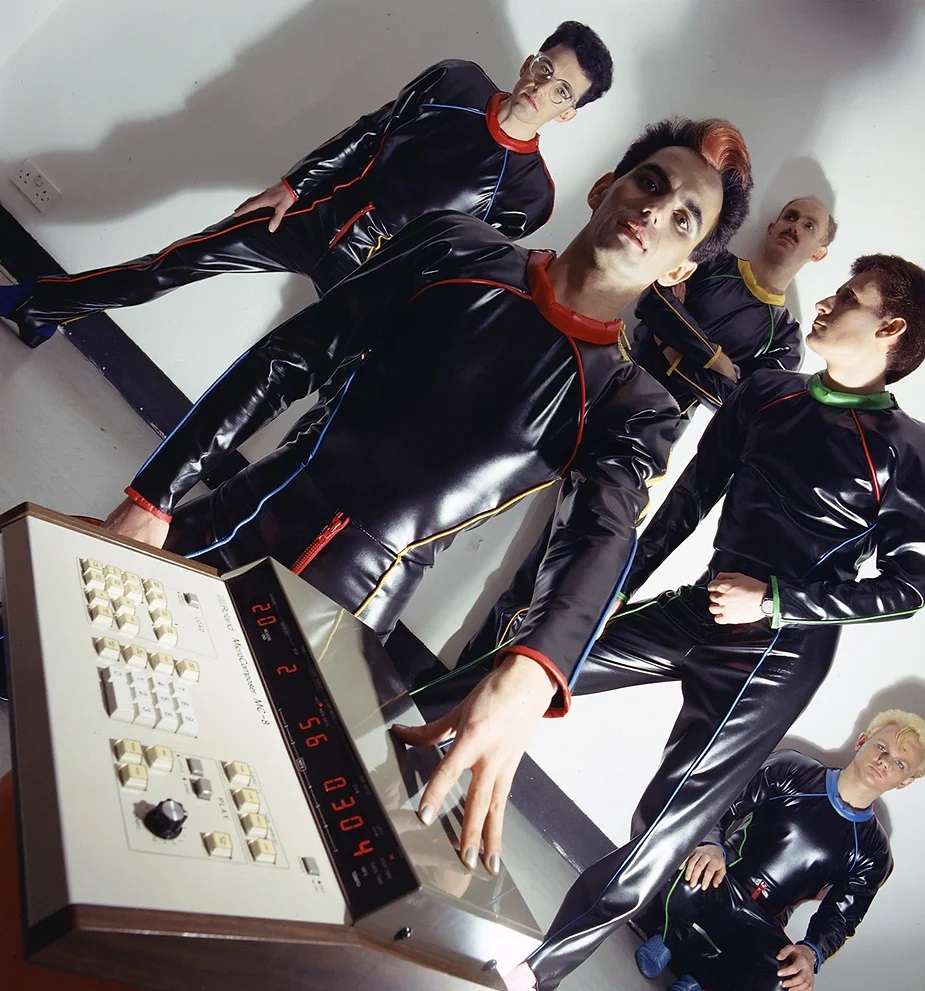

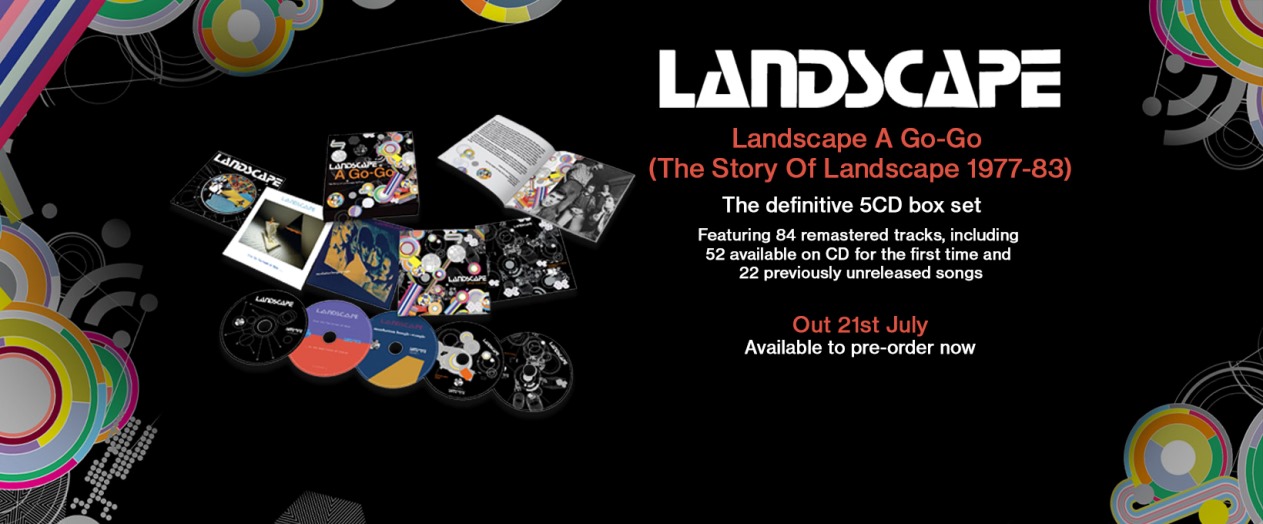
Follow Us!